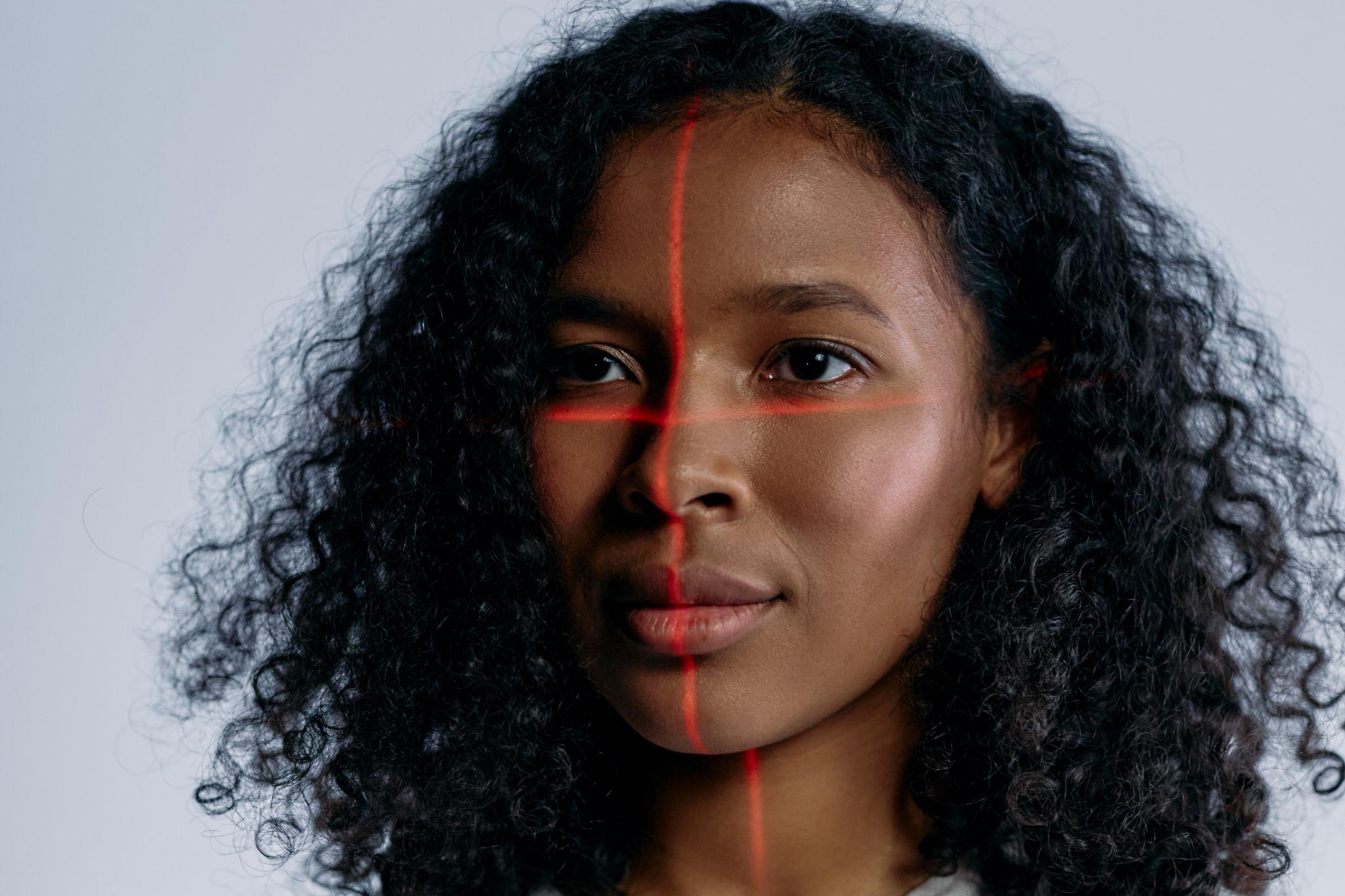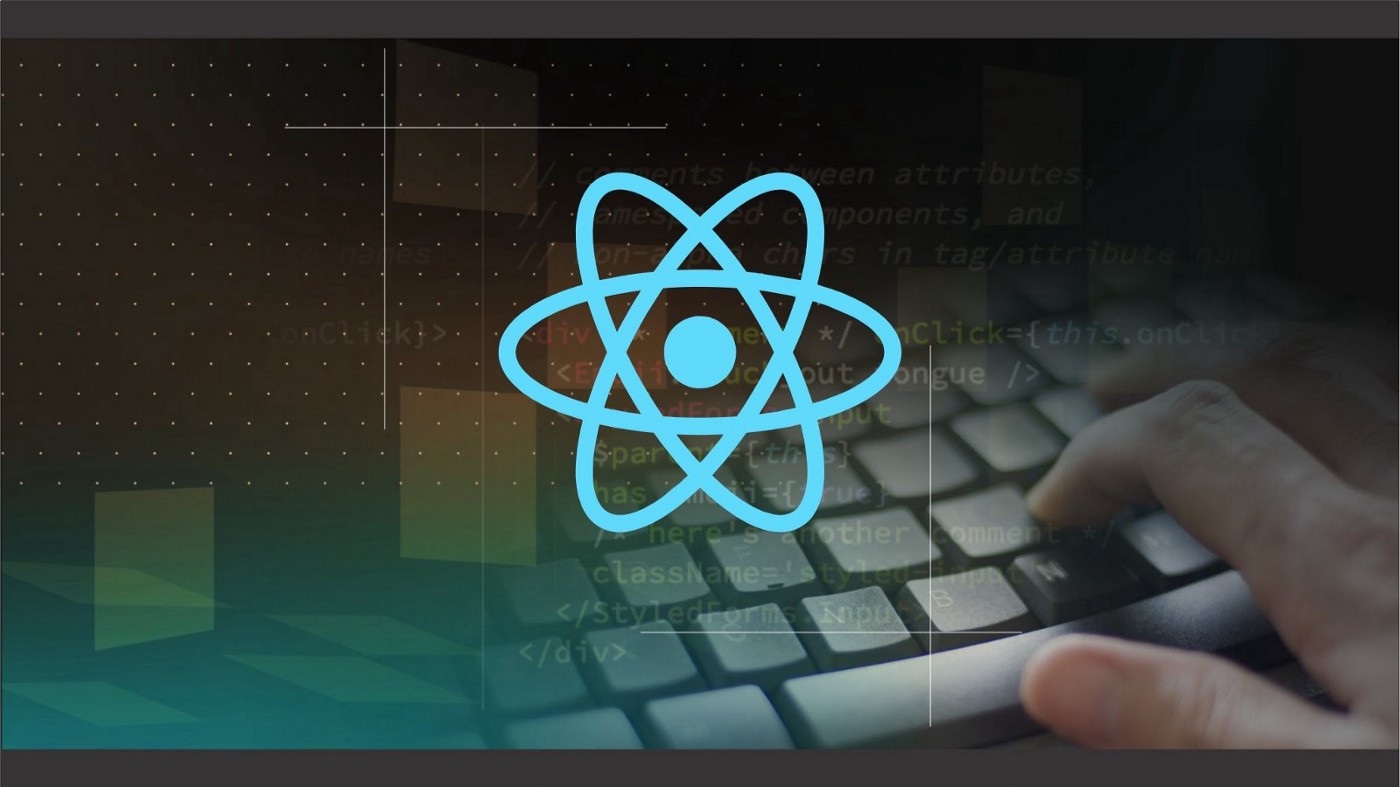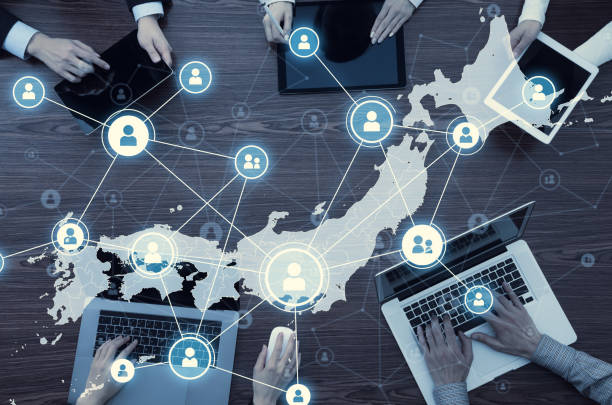Employees get paid for their presence at work and for the amount of time they spend at their workplace. This makes the record of attendance really important. For decades, factories and firms have been doing it with manual entries and digital datasheets. The later timekeeping software was, comparatively, more efficient, but still not secure enough. The practices, such as proxy or buddy punching, continued. These practices make it crucial for businesses to get a better attendance system.
Organizations need a system that can identify the person and note attendance only when the one who is marking the attendance and the one whose attendance is being marked are the same. The biometric attendance systems use unique identification features and eliminate the possibility of proxies, as they precisely note the attendance of the individual who is entering the biometric identification.
There are different types of biometric attendance that use various features like fingerprints and iris that are unique to every individual. This way, it avoids the duplication of the identification and makes sure that correct attendance is being marked. Biometric attendance management systems are secure and maintain true attendance records for employees. This attendance record can be used to run the payroll, so firms can be sure that they are paying the correct salary and wages to their workforce.
How does Biometric Identification Work?
At the start, the biometric device scans and maps coordinate for biometric identification of the employee, such as fingerprints or facial features. This data is stored in the system, and whenever someone tries to mark the attendance, their scans are matched against the existing records in the system. The attendance is recorded only when there is a match found in the system records.
The biometric identification system provides the correct attendance, as it is difficult to create or copy all the coordinates generated by the system for identification. The features that are used in biometric attendance are unique for every individual, so you get assured proxy-free attendance. The digitalization and password-protected data make the attendance very secure, as it does not allow anyone to tamper with the records.
Following are the four major types of biometric systems used.
1. Fingerprint Recognition
Fingerprint identification for attendance is preferred by many organizations as it can be used on a small budget. The raised papillary ridges over the skin form the fingerprints. These ridges run across the skin’s surface and are unique to every individual. This is the oldest biometric identification method, and it is secure too. These ridges are to give us friction for the grip.
Even though all humans and some mammals have these ridges on their fingers and toes, the patterns they create are different. The variation is due to breaks and deviations in the flow of this structure, making it unique for every person. This method is also used for identification in various government records.
2. Facial recognition
The facial recognition system maps the position and shape of various organs and skin on the face into a map. The image processing captures the discriminative and stable data to create a face template. This is a widely used method as it does not require direct contact with the device. It is also used in crowded places for identification.
This biometric attendance method does not require a special device to be installed and can be used on mobile phones and tablets. The identification process is often used in combination with other biometric feature identification methods to improve the effectiveness. It popular for attendance records where people work on different locations.
3. Iris Recognition
The biometric attendance system identifies the individual’s Iris for identification. The colored circular part of the eye which have a pupil at its center is the Iris. The biometric identification system uses a unique pattern of the colored tissues in the iris by the camera operating close to infrared wavelength.
The pattern recognition system is used both to record and identify the employee by matching it against the records. This identification method for attendance is effective as Iris is well protected and do not get easily damaged. The person needs to be close to the scanning device, there is no need for direct physical contact.
4. Vein Pattern Recognition
Detecting vein patterns is a comparatively new biometric identification method and is typically used for one-to-one verification. This system uses the unique pattern of veins in the fingers and hands to identify the individual. There are two methods to capture these patterns.
- Passing near-infrared (IR) light through the fingers/ hand.
- Reflecting off the near-infrared light from the skin surface and recording that image on a charged coupled device (CCD) camera.
This is a fast and convenient method, as blood and veins absorb this near-IR light differently compared to surrounding tissues, and the structure reflected back is clearly outlined. Vein reflection is secure and simple in execution. This digital data is stored and then used for identification by finding the match.
Conclusion
Fingerprints, facial features, iris, and the vein pattern in fingers and hands are the most common biometrics attendance system. All these identification techniques map the unique features for an individual and store them and use it for identification by matching the coordinates. These methods are secure and eliminate the practices like buddy punching so you can give correct salaries and precisely identify the person.
Author Bio
Shital Jogalekar has been a content writer at Sage Software Solutions Pvt. Ltd. for the past 6 months. She writes HR-focused blogs for Pocket HRMS, one of the best HR solutions in India. She holds more than 2 years of experience in content writing. You can connect with her through her LinkedIn profile.
















